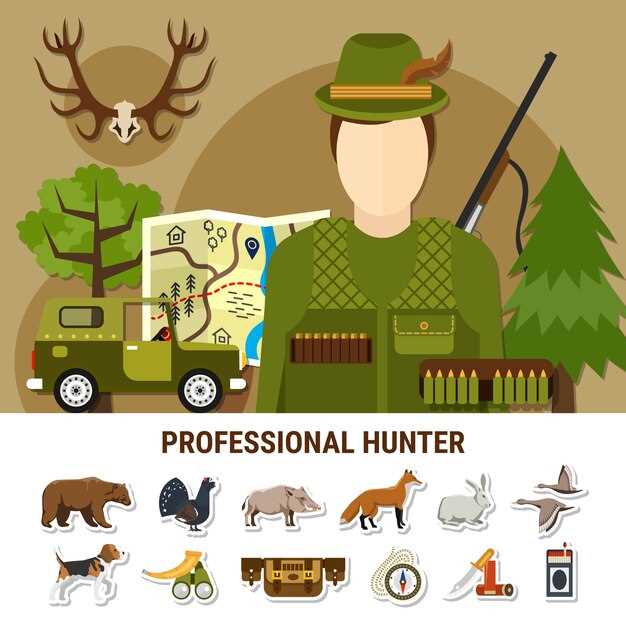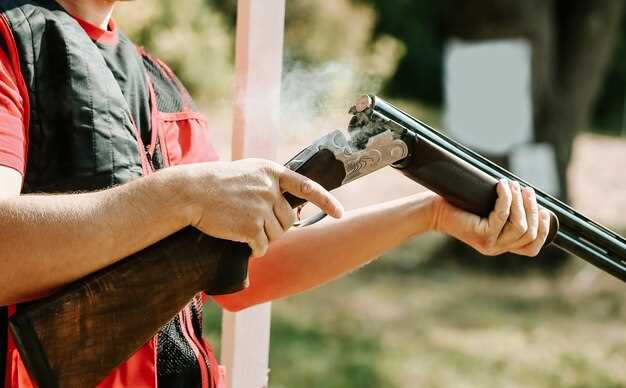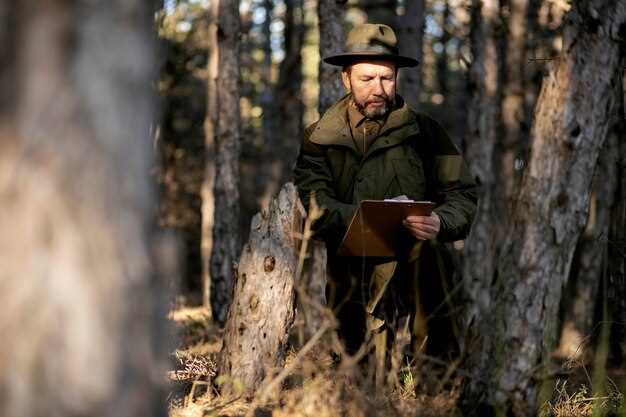
Effective bowhunting begins long before the hunter steps into the field. One of the most crucial elements in ensuring a successful hunt is the process of scouting. This activity involves exploring the area where you intend to hunt, allowing you to gather valuable insights into the habits and movements of deer. By understanding the terrain and the behaviors of these elusive animals, hunters can make informed decisions that increase their chances of success.
When scouting an area for deer, consider factors such as food sources, water availability, and paths of travel. These elements play a significant role in deer activity and can help you identify the best locations for setting up your bowhunting strategies. Furthermore, being well-versed in the seasonal patterns of deer can provide an edge, allowing hunters to anticipate where the animals will be at various times throughout the year.
Utilizing tools such as maps, trail cameras, and observations of deer signs can greatly enhance your scouting efforts. The combination of thorough preparation and keen observation ensures that you are well-equipped to make the most of your bowhunting experience, ultimately leading to a successful harvest. By prioritizing scouting, hunters can transform their approach, turning potential encounters into fruitful experiences in the wild.
Identifying Key Deer Habitats for Optimal Scouting

When embarking on a bowhunting adventure, understanding the deer habitats in your area is crucial for effective scouting. Key habitats are often characterized by a combination of food sources, cover, and water availability. Look for regions where these elements intersect, as they usually attract deer.
Identifying signs such as tracks, droppings, and rubs can help you pinpoint active areas. Tracks indicate recent movement, while fresh droppings signal that deer are feeding nearby. Rubs on trees suggest that bucks are marking their territory, giving you insight into their daily patterns.
Water sources are vital, especially during dry seasons. Areas near ponds, streams, or lakes can be hotspots for deer activity. During scouting, pay attention to the terrain; deer typically prefer routes that provide cover while still allowing them to reach essential resources.
Lastly, consider seasonal changes in deer behavior. Food availability shifts with the seasons, so monitor changes in vegetation and crop fields. This adaptability will enhance your scouting efforts, allowing you to better predict deer movement based on habitat preferences.
Recognizing Deer Signs: Tracks, Scrapes, and Rubs

Successful scouting for deer involves identifying various signs that indicate their presence in an area. Among these, tracks, scrapes, and rubs are fundamental markers that every bowhunter should learn to recognize.
Tracks are often the first sign of deer activity. The shape and size of the tracks can indicate the species and size of the deer. Deer tracks typically have a heart-shaped or split appearance, with two distinct lobes in the front. The best time to observe tracks is shortly after a rainfall, as they are more distinguishable in wet soil. Pay attention to the direction of the tracks, as they can help you determine their travel routes, leading you to feeding and bedding areas.
Scrapes are areas where deer have cleared away leaves and debris to expose the soil, often accompanied by scent marking. The presence of a scrape indicates that a deer is in the area, especially during the rutting season. To identify a scrape, look for a small patch of bare ground, usually beneath a low-hanging branch. Noting the frequency of usage can also provide insight into the deer’s behavior; fresh scrapes are often a sign of immediate activity, while older scrapes may indicate less recent visits.
Rubs are created when deer scrape their antlers against trees or shrubs, leaving noticeable marks. These signs not only indicate the presence of deer but also indicate the health and maturity of the animal. Fresh rubs appear as stripped bark and frayed wood, whereas older ones show signs of weathering. Observing the height and size of rubs can help determine whether the deer is a buck or doe, as bucks tend to create larger, more pronounced rubs.
By actively scouting these signs, bowhunters can gather valuable insights into deer behavior and patterns, significantly increasing their chances of a successful hunt. Understanding the nuances of tracks, scrapes, and rubs can lead to more informed decisions on where to set up stands and how to approach hunting scenarios effectively.
Using Technology for Enhanced Scouting Accuracy
In the modern world of bowhunting, technology plays a crucial role in improving scouting accuracy within an area. Utilizing game cameras is one of the most effective methods. These devices allow hunters to monitor deer movement and feeding patterns without disturbing their habitat. Placing cameras along trails or near food sources can provide invaluable data, enabling hunters to visualize the best times and locations for their hunts.
Another powerful tool is mapping software and applications, which can assist in pinpointing high-traffic areas used by deer. These digital maps often include topographical features, helping hunters identify potential bedding and feeding areas that may be overlooked during traditional scouting. By analyzing these maps, hunters can strategically plan their approach to the hunt.
Additionally, GPS technology offers significant advantages in tracking movements over time. By marking important waypoints, such as deer sightings or signs, hunters can create a comprehensive understanding of the area. This systematic approach aids in developing a tailored strategy specific to that location.
Smartphone applications designed for hunting can further enhance scouting efforts. They often include weather forecasts, moon phases, and even social features for sharing insights with fellow hunters. These applications can provide real-time data, helping hunters make informed decisions about when to scout or hunt.
By effectively integrating these technological tools into scouting practices, bowhunters can significantly enhance their accuracy and overall success in the field, ensuring that they make the most of their time spent in pursuit of deer.



